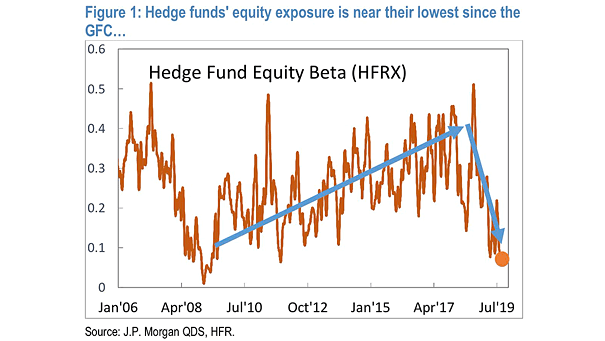International vs. Domestic Exposure
International vs. Domestic Exposure Export-oriented U.S. stocks surged after the tariff pause announcement, reflecting growing investor optimism over easing trade tensions—though potential tariff policy changes remain key factors to watch. Image: Bloomberg


